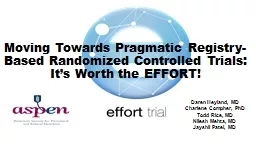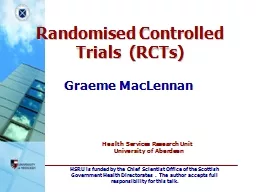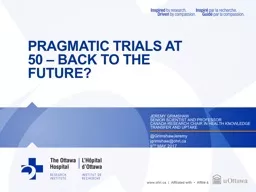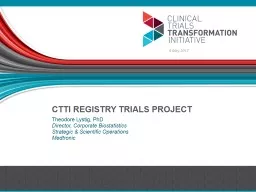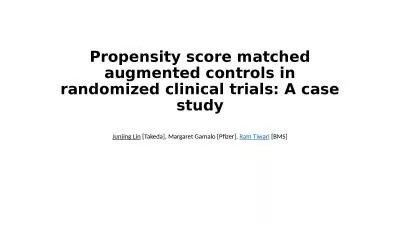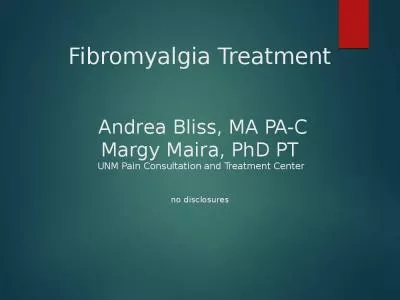PPT-Moving Towards Pragmatic Registry-Based Randomized Controlled Trials: It’s Worth the
Author : giovanna-bartolotta | Published Date : 2018-11-01
Daren Heyland MD Charlene Compher PhD Todd Rice MD Nilesh Mehta MD Jayshil Patel MD CURRENT STATE OF CRITICAL CARE NUTRITION AND PROTEIN DOSE What is the EFFORT
Presentation Embed Code
Download Presentation
Download Presentation The PPT/PDF document "Moving Towards Pragmatic Registry-Based ..." is the property of its rightful owner. Permission is granted to download and print the materials on this website for personal, non-commercial use only, and to display it on your personal computer provided you do not modify the materials and that you retain all copyright notices contained in the materials. By downloading content from our website, you accept the terms of this agreement.
Moving Towards Pragmatic Registry-Based Randomized Controlled Trials: It’s Worth the: Transcript
Download Rules Of Document
"Moving Towards Pragmatic Registry-Based Randomized Controlled Trials: It’s Worth the"The content belongs to its owner. You may download and print it for personal use, without modification, and keep all copyright notices. By downloading, you agree to these terms.
Related Documents

